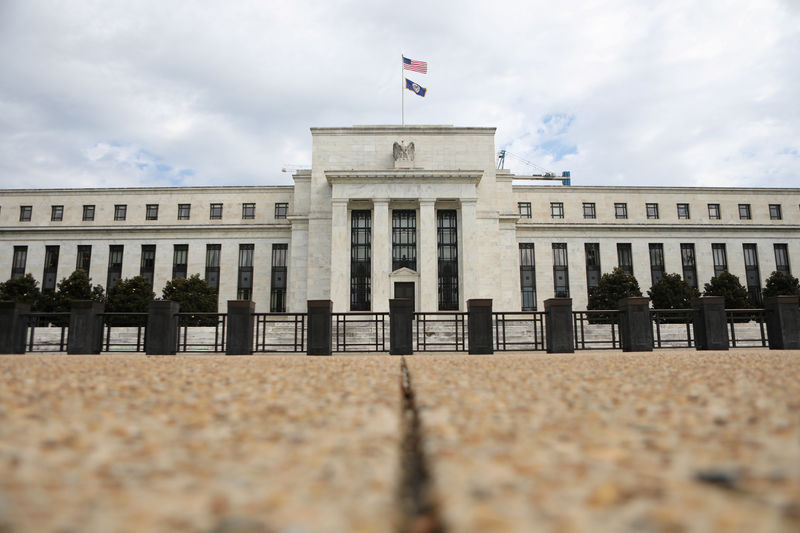(Bloomberg Opinion) -- The U.S. employment report that is usually released on the first Friday of every month has traditionally been viewed as the most important piece of economic data. No longer. The Federal Reserve’s new monetary policy regime has relegated jobs data to the back burner while thrusting inflation to the forefront.
Wall Street is expecting the government to say this Friday that the economy added 850,000 in September, down from the 1.37 million gained in August, according the median estimate of economists surveyed by Bloomberg. The unemployment rate is seen dropping to 8.2% from 8.4%. Considering, though, that consumer confidence just posted its biggest gain in 17 years for the month of September, aided by the section asking Americans whether they are experiencing an in the outlook for jobs, we should be prepared for a pleasant surprise with unemployment falling faster than anticipated.
Prior to August, a sharp drop in the unemployment rate would have us rethink the Fed’s policy path. For example, the median estimate of Fed meeting participants is for the unemployment rate to drop to 7.6% by year-end. Just a few months ago, indications that unemployment would be substantially below that level would prompt us to question the Fed’s commitment to near-zero interest rates through 2023. We would assume that a tighter labor market would induce the Fed to fear inflation was coming sooner than expected and policy would need to adjust accordingly.
Now that the Fed’s nearly two years long strategy review is complete, with policy makers deciding to let inflation and employment rates run higher and for longer than the central bank would have done in the past before pulling in the purse strings, the story is very different. If the Fed’s explanation of this new strategy has been successful, any surprise drop in unemployment should have virtually no impact on the outlook for monetary policy.
Using the unemployment rate as an inflation forecasting tool proved to be an unsuccessful strategy in this last expansion as it prompted the Fed to raise rates sooner and more aggressively than it now thinks was appropriate. Consequently, the Fed’s updated strategy weighs only what it believes to be shortfalls relative to full employment as a guide for policy. The threat of exceeding full employment isn’t a factor by itself given that the Fed now places more weight on actual than forecasted inflation and has pledged not to raise rates until inflation is at 2% or greater for a sustained period.
That doesn’t mean the employment report should be ignored. It might not hold the same value for fixed-income investors, but equity investors should still read a bullish message from a more rapid improvement in the labor market, especially knowing the Fed won’t let a good labor market push it into a rate hike.
So where to go in the labor report for clues about the direction of monetary policy? Watch the wage numbers. The Fed anticipates that high unemployment will continue to depress wage growth. In such a world, faster inflation would not be self-sustaining as it would depress demand. The Fed would then see any surprise inflation numbers as transitory and not needing a policy response. If wage growth accelerates for an extended period, the Fed would more likely interpret any inflation surprises as self-sustaining.
What if the unemployment rate drops sharply and the bond market reacts by pulling forward expectations of a rate hike? This would indicate that the Fed’s hasn’t successfully signaled its new policy strategy. If that occurs, expect Fed officials to reinforce the message that rates are low until inflation starts to get interesting -- and it doesn’t look like that is happening anytime soon.
This column does not necessarily reflect the opinion of the editorial board or Bloomberg LP and its owners.
Tim Duy is a professor of practice and senior director of the Oregon Economic Forum at the University of Oregon and the author of Tim Duy's Fed Watch.
©2020 Bloomberg L.P.
